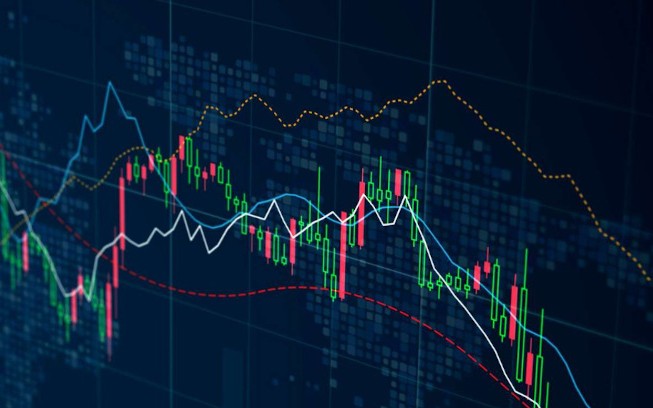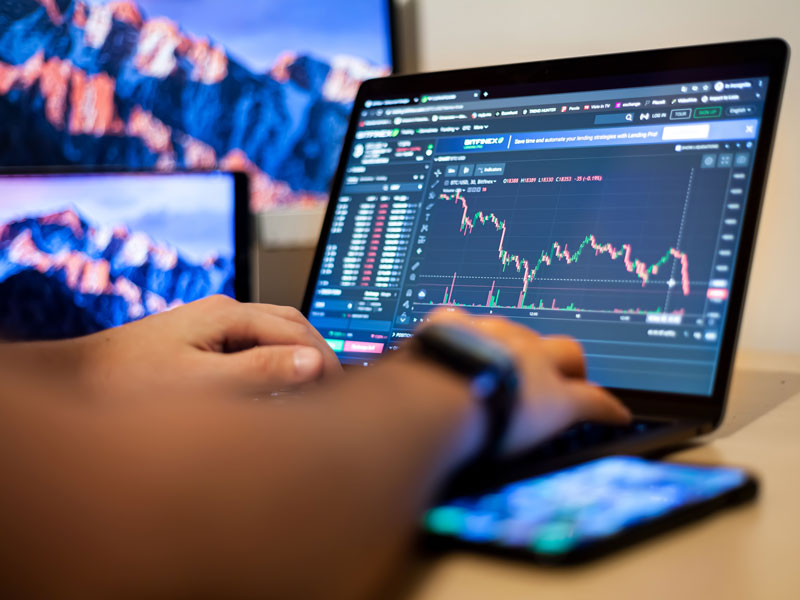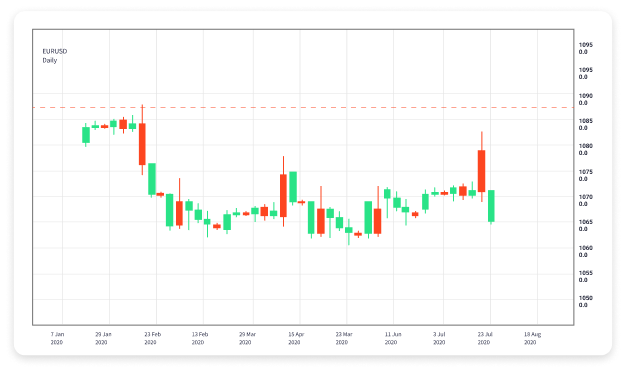
The Best Forex Trading Strategies for Success in 2023
Trading in the foreign exchange market can be incredibly rewarding, but it also comes with its own set of challenges. Whether you are a novice trader just starting or an experienced trader looking to refine your strategies, understanding the best forex trading strategies is essential for success. This article will delve into various strategies designed to help you navigate the complexities of the forex market effectively. We also recommend visiting best forex trading strategy https://forex-vietnam.net/ for additional resources and insights.
Understanding Forex Trading
The forex market is the largest financial market in the world, with trillions of dollars traded daily. It operates 24 hours a day, five days a week, allowing traders to execute trades at any time. Understanding how to trade effectively requires knowledge of various strategies, market indicators, and economic factors that influence currency values. Traders typically rely on technical analysis, fundamental analysis, or a combination of both to make informed decisions.
Technical Analysis
Technical analysis involves evaluating price charts and market trends to identify potential trading opportunities. This approach relies heavily on historical price data and various indicators, such as moving averages, RSI (Relative Strength Index), MACD (Moving Average Convergence Divergence), and support and resistance levels. Here are some popular strategies based on technical analysis:
1. Trend Following Strategy
One of the most straightforward trading strategies is trend following. In this approach, traders look to identify the prevailing market trend—whether upwards or downwards—and make trades in the direction of that trend. Tools like moving averages can help traders determine the trend and signal potential entry and exit points. The key to this strategy is to be patient and avoid counter-trend trades.
2. Breakout Strategy
The breakout strategy is another popular approach among forex traders. This strategy involves identifying key levels of support and resistance. When the price breaks above resistance, traders execute a buy order; conversely, if it breaks below support, they place a sell order. Many traders use volume indicators to confirm the breakout strength, ensuring it’s not a false breakout.

Fundamental Analysis
Fundamental analysis, on the other hand, focuses on economic indicators, such as interest rates, employment figures, and geopolitical events that can influence currency values. By understanding the underlying economic conditions, traders can better anticipate currency movements. Some key fundamental trading strategies include:
1. News Trading
News trading involves monitoring economic news releases and their impact on the forex market. Traders who adopt this strategy keep a calendar of upcoming economic reports and prepare to execute trades based on expected outcomes. For instance, if a country’s GDP growth exceeds expectations, its currency might strengthen, leading traders to buy that currency.
2. Carry Trade
The carry trade strategy involves borrowing money in a currency with a low interest rate and investing it in a currency with a higher interest rate. This approach allows traders to take advantage of interest rate differentials. While it can be highly profitable, it requires careful risk management to avoid significant losses if market conditions shift unexpectedly.
Combining Strategies
Many successful traders use a combination of both technical and fundamental analysis to refine their strategies. For example, a trader might use technical indicators to identify entry and exit points while also considering economic data to make informed decisions. This holistic approach can provide a more robust trading strategy, ultimately leading to greater success over the long term.
Risk Management
No trading strategy is complete without a thorough understanding of risk management. Successful traders know that protecting their capital is just as important as executing profitable trades. Here are some essential risk management techniques:

1. Setting Stop-Loss Orders
A stop-loss order is a predefined price level at which a trader will exit a losing trade to limit their losses. By setting stop-loss orders, traders can manage their risk exposure effectively and prevent significant losses that could jeopardize their trading capital.
2. Position Sizing
Position sizing refers to determining the number of lots to trade based on account size and risk tolerance. A common rule of thumb is to risk no more than 1-2% of your trading capital on a single trade. By managing position sizes, traders can reduce the impact of losing trades on their overall portfolio.
Develop a Trading Plan
A solid trading plan serves as a roadmap for your trading activities. It should include your trading goals, risk tolerance, entry and exit criteria, as well as rules for managing trades. Having a clear plan helps you remain disciplined and can significantly increase your chances of long-term success in the forex market.
Continuous Learning and Adaptation
The forex market is constantly evolving, and traders must adapt to changing market conditions. Engaging in continuous education, analyzing past trades, and staying informed about global economic developments will help you refine your strategies and remain competitive. Joining trading communities and participating in forums can also provide valuable insights and foster collaboration among traders.
Conclusion
Finding the best forex trading strategy that suits your personality and trading style requires experimentation and a commitment to learning. Whether you choose to follow technical analysis, fundamental analysis, or a combination of both, remember to prioritize risk management and develop a robust trading plan. As you grow as a trader, stay adaptable and open-minded to new strategies and insights. With the right tools and mindset, you can navigate the forex market effectively and achieve your trading goals in 2023 and beyond.

Comentarios recientes